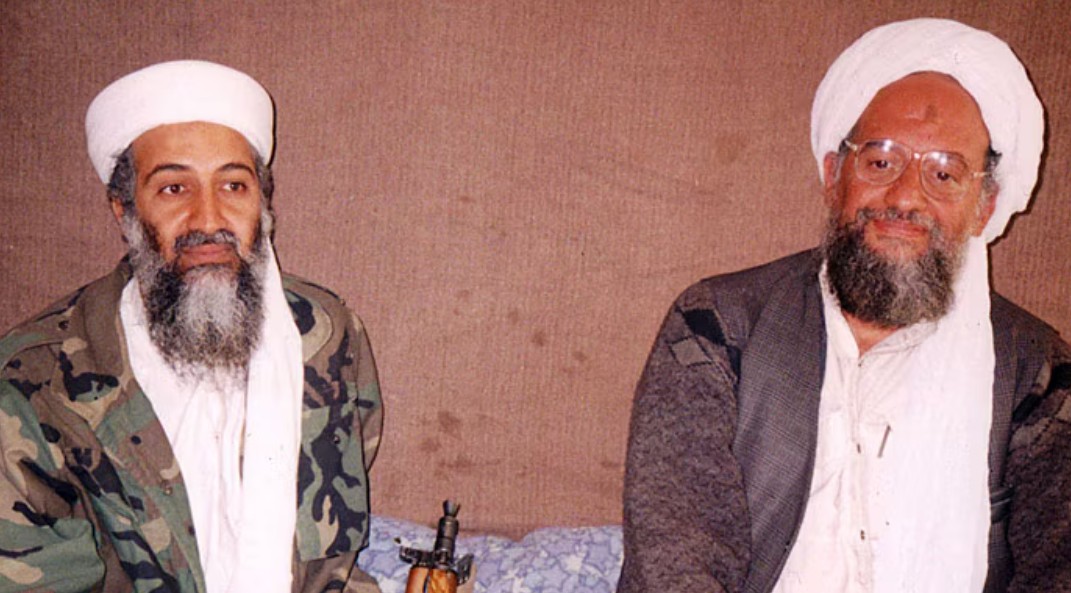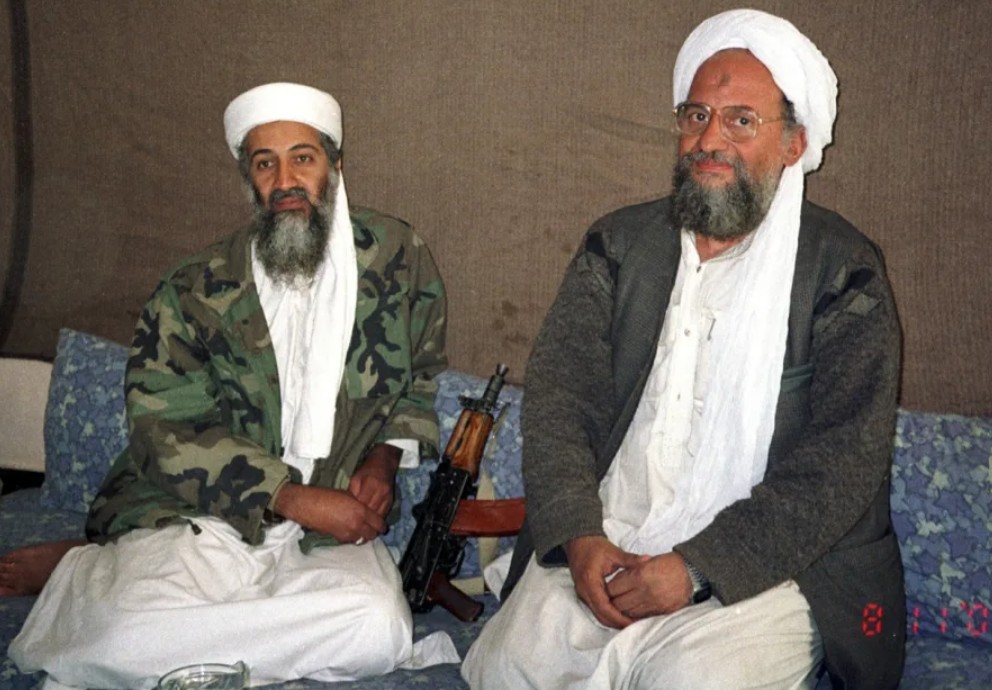Osama Bin Laden Death and Global Militant Leader
Osama bin Laden, born on March 10, 1957, in Riyadh, Saudi Arabia, emerged as one of the most infamous figures in modern global history. As the founder and first general emir of al-Qaeda, he was responsible for orchestrating multiple terrorist attacks, most notably the September 11 attacks on the United States. His militant ideology, leadership in global jihad, and evasion from capture for nearly a decade made him a symbol of modern terrorism. This article explores bin Laden’s life, ideological transformation, personal background, and the global ramifications of his actions.
Content
Early Life and Family Background
Osama bin Laden was born into the powerful and wealthy bin Laden family. His father, Mohammed bin Laden, was a billionaire construction magnate with close ties to the Saudi royal family. Osama’s mother, Hamida al-Attas (originally Alia Ghanem), was of Syrian origin and was Mohammed’s tenth wife. Shortly after Osama’s birth, his parents divorced, and his mother remarried Mohammed al-Attas, with whom she had additional children. Osama was raised in this blended family alongside his half-siblings.
Despite his father’s wealth, Osama grew up under relatively modest circumstances. He inherited an estimated $25 to $30 million from his father’s fortune, yet his lifestyle would later be characterized by simplicity and religious austerity. His full name Osama bin Mohammed bin Awad bin Laden refers to his paternal lineage, a convention in Arabic naming practices.
Education and Ideological Formation
From 1968 to 1976, bin Laden attended the prestigious Al-Thager Model School. In 1971, he studied English in Oxford, England, and later enrolled at King Abdulaziz University in Jeddah, where he studied economics and business administration. Some reports claim he earned a degree in civil engineering in 1979, while others suggest he left university before graduating.
While at university, bin Laden became deeply interested in Islamic studies and political Islam. He was heavily influenced by the works of Islamist thinkers like Sayyid Qutb and became a disciple of Abdullah Yusuf Azzam, a Palestinian scholar who advocated for global jihad. His intellectual transformation during this period laid the groundwork for his future radicalization.
Apart from his religious pursuits, bin Laden had a wide range of interests. He wrote poetry, read biographies of military leaders like Charles de Gaulle and Bernard Montgomery, and enjoyed playing football favoring the English club Arsenal. Despite these worldly interests, he became increasingly devoted to Islamic fundamentalism.
Path to Militancy and Formation of al-Qaeda
Bin Laden’s first real step into jihadist activity came with the Soviet invasion of Afghanistan in 1979. Viewing the invasion as a threat to Islam, he joined the Afghan mujahideen and used his wealth to support the resistance. In 1984, he co-founded Maktab al-Khidamat (MAK), a recruitment and logistics network for foreign fighters.
As the Soviet forces withdrew, bin Laden shifted his focus from localized struggles to global jihad. In 1988, he founded al-Qaeda, an organization aimed at promoting militant Islamic fundamentalism worldwide. He viewed the presence of U.S. troops in Saudi Arabia during the Gulf War as a betrayal by the Saudi royal family. His offer to protect the kingdom with Arab fighters was rejected in favor of U.S. military support, fueling his animosity toward the United States.
Exile and Rise as a Global Terrorist Leader
In 1991, bin Laden was expelled from Saudi Arabia due to his outspoken criticism of the government and the U.S. presence in the region. He relocated to Sudan, where he established a new base for al-Qaeda. However, under increasing international pressure, he was expelled from Sudan in 1996 and found refuge in Taliban-controlled Afghanistan.
During this time, bin Laden issued two fatwas (religious edicts) in 1996 and 1998, declaring a holy war against the United States. He called for attacks on U.S. military and civilian targets, justifying them through his pan-Islamist ideology. In 1998, al-Qaeda carried out bombings on U.S. embassies in Kenya and Tanzania, killing over 200 people and injuring thousands. This act placed bin Laden on the FBI’s Most Wanted Terrorists list and led to his indictment in U.S. federal court. The United Nations also designated al-Qaeda as a terrorist organization in 1999.
Mastermind of the September 11 Attacks
On September 11, 2001, al-Qaeda carried out the most devastating terrorist attack in U.S. history. Nineteen hijackers took control of four commercial airplanes. Two were flown into the Twin Towers of the World Trade Center in New York City, a third hit the Pentagon, and the fourth crashed in Pennsylvania after passengers attempted to regain control. The attacks killed nearly 3,000 people, mostly civilians, and left thousands more injured.
The aftermath of 9/11 fundamentally altered global security and U.S. foreign policy. The U.S. launched the War on Terror, leading to the invasion of Afghanistan with the aim of dismantling al-Qaeda and removing the Taliban from power. Bin Laden became the most hunted man in the world.
Life in Hiding and Final Years
For nearly a decade after 9/11, bin Laden evaded capture by U.S. and allied forces. He initially hid in the rugged mountains of Tora Bora in Afghanistan, later escaping into Pakistan. Despite several close calls, he managed to remain hidden with the help of a tight network of loyalists.
On May 2, 2011, U.S. Navy SEALs conducted a covert operation in Abbottabad, Pakistan, where they found and killed bin Laden in a fortified compound. His body was buried at sea within 24 hours to prevent his grave from becoming a shrine. His deputy, Ayman al-Zawahiri, succeeded him as leader of al-Qaeda.
Personal Life and Appearance
Osama bin Laden was known to be a frugal and disciplined man. His former bodyguard, Nasser al-Bahri, described him as a stern father who maintained strict discipline at home. He enjoyed taking his family on outings to the desert and was known for his austere lifestyle despite his wealth.
He married at least five women: Najwa Ghanem, Khadijah Sharif, Khairiah Sabar, Siham Sabar, and Amal al-Sadah. Reports suggest he had 20 to 26 children, many of whom fled to Iran after 9/11 and remained under surveillance.
Bin Laden stood around 1.93 meters (6 ft 4 in) tall, had an olive complexion, was left-handed, and often used a cane. He wore a plain white keffiyeh, later replacing it with a traditional Yemeni keffiyeh. He was soft-spoken and mild-mannered, contradicting his public image as a violent extremist.
Legacy and Global Impact
Osama bin Laden’s life and actions profoundly shaped the 21st century. He became the face of global jihadist terrorism, inspiring generations of extremists and reshaping the geopolitical landscape. His ideology, rooted in pan-Islamism and anti-Western sentiment, continues to influence terrorist organizations and lone-wolf attackers worldwide.
The legacy of 9/11 and the ensuing Global War on Terror led to prolonged wars in Afghanistan and Iraq, the rise of surveillance and counterterrorism practices, and widespread policy shifts in Western nations. Despite his death, al-Qaeda and similar groups remain active, and the threat of extremist violence persists.
Osama bin Laden’s transformation from a privileged Saudi youth to the world’s most notorious terrorist marks one of the most disturbing trajectories in modern history. His ability to mobilize ideological fervor, fund global terror networks, and strike at the heart of Western power left a legacy of destruction and conflict. Though killed in 2011, his influence endures in the shadows of ongoing insurgencies and extremist narratives.
Understanding bin Laden’s life is crucial to understanding the roots of modern terrorism and the global responses that continue to shape our world today.
Daily Hot News -Why Did Etika Kill Himself? The Ongoing Struggle
Why Did Gus Kill Victor? Breaking Down the Most
Death Stranding 2 Review Embargo and Release Date
Adrian Peterson Poker Fight Video in Heated Brawl
Nadia and Yanni Full Fight Video Sparks Online Frenzy
Scott Rogers Video and Raises Privacy Concerns Online
Anonymous False Flag Video Claims to Expose Secret Plot




